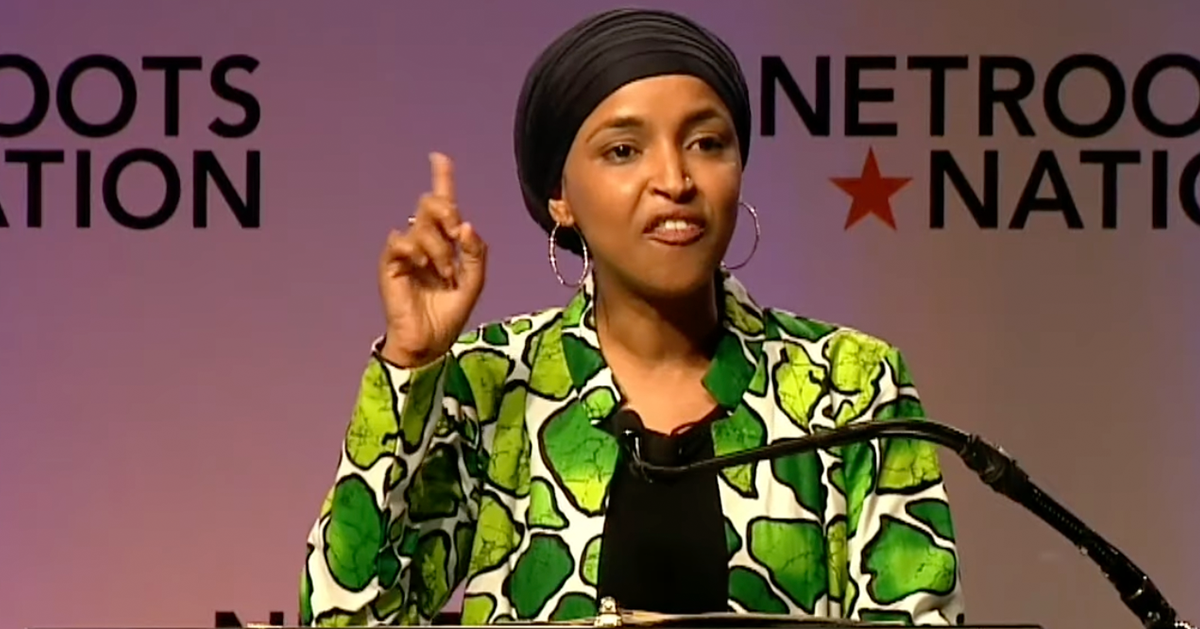Democrats Express Concern Over Trump’s Rise Among Male Voters
As the November election approaches, Democrats are increasingly concerned about a growing wave of support for former President Donald Trump, particularly among male voters, an unease that stems from polling that suggests Trump is attracting new supporters in this demographic, creating uncertainties in key battleground states.
Many Democrats worry that a continued surge in male voter support for Trump could significantly impact the 2024 election results, as Breitbart reports.
Celinda Lake, a prominent pollster who worked on President Joe Biden’s 2020 campaign, has pointed out that Trump is making inroads with men who had not previously voted for him. This development is prompting pollsters to adjust their models to account for this shift, but uncertainty remains high.
Past Polling Missteps Raise Democrat Concerns
Trump has a history of performing better than his polling numbers suggest. In the 2016 election, for instance, RealClearPolitics’ (RCP) final polling average underestimated Trump's vote share by nearly seven percentage points.
Similarly, in the 2020 election, national polls missed the mark, underestimating Trump’s vote by about three points and failing to capture the extent of his support in critical battleground states like Wisconsin.
Now, with 2024 on the horizon, pollsters are working to avoid similar miscalculations. They are factoring in the possibility of another “Trump surge,” particularly among male voters, a demographic that is becoming increasingly unpredictable. Lake’s polling firm now utilizes two turnout estimates—one average and one that anticipates a significant uptick in Trump’s male voter base.
Battleground States Remain Tight
Current polls indicate that battleground states remain fiercely competitive. Kamala Harris, who is expected to lead the Democratic ticket, holds a slim lead over Trump nationally by just 3.4 percentage points.
However, in crucial states like Pennsylvania and Michigan, her lead shrinks to less than a percentage point. In Wisconsin, Harris holds a three-point edge, but given Trump’s track record of outperforming polls, this margin is far from comforting for Democrats.
Trump's polling team, led by Tony Fabrizio and Travis Tunis, reported that Trump received a two-point boost after the recent debate, while Harris’ support remained relatively flat. Although it is still too early to determine the full impact of the debate, these early indications highlight the volatile nature of the race.
Understanding the Probabilities of Election Outcomes
The uncertainty surrounding the election is further compounded by probability-based forecasting. According to Scott Tranter of Decision Desk HQ, Harris currently has a 54% chance of winning the election. However, Tranter cautioned that this probability should not be taken as a guarantee, explaining that a 54% chance is essentially a coin flip.
“If you feel comfortable with a 54% chance,” Tranter said, “then you probably have to understand probabilities a little better.” He emphasized that the odds are incredibly close and that either candidate could easily win.
Despite Harris’ narrow lead, Democrats are wary of complacency. The potential for a Trump surge looms large, and the impact of male voters shifting toward Trump could play a pivotal role in determining the election’s outcome.
Pollsters Continue To Refine Models
Lake and other pollsters are keenly aware of the limitations in polling and the challenges of accurately measuring Trump’s support base. She acknowledged that while pollsters are making adjustments, there is still reason for concern. “I think we still have to worry about a Trump surge,” she stated.
Her concern is rooted in the difficulty of accurately predicting turnout, especially in a political environment where Trump’s base has proven difficult to quantify. Many pollsters have shifted to multiple turnout models in an attempt to capture the potential surge in voter support for Trump, particularly from male voters who had not been part of his previous coalition.
Male Voters May Hold the Key
The growing shift of male voters toward Trump has caught the attention of both Democratic and Republican strategists. Lake highlighted that Trump is attracting men who previously had not voted, further complicating efforts to predict the outcome of the 2024 election. This trend could be pivotal in states like Pennsylvania, Michigan, and Wisconsin, where even slight changes in voter behavior could have significant consequences.
In contrast, while Harris enjoys a slight national lead, her margins in battleground states are razor-thin, and Democrats are keenly aware that they cannot rely solely on national polling averages. The performance of candidates in battleground states, particularly among male voters, is likely to determine the election’s outcome.
Conclusion: All Eyes on Male Voters and Trump Surge
As the 2024 election draws nearer, the focus on male voters and Trump’s potential surge remains a central concern for Democrats. Pollsters, armed with lessons from 2016 and 2020, are refining their models, but the uncertainty persists. Narrow leads in battleground states and Trump’s history of outperforming poll predictions underscore the precariousness of the current political landscape.
Ultimately, the shifting dynamics among male voters and the potential for another Trump surge could play a decisive role in the election outcome. Democrats are watching closely, aware that the margins in key states are slim and that the race remains unpredictable.






